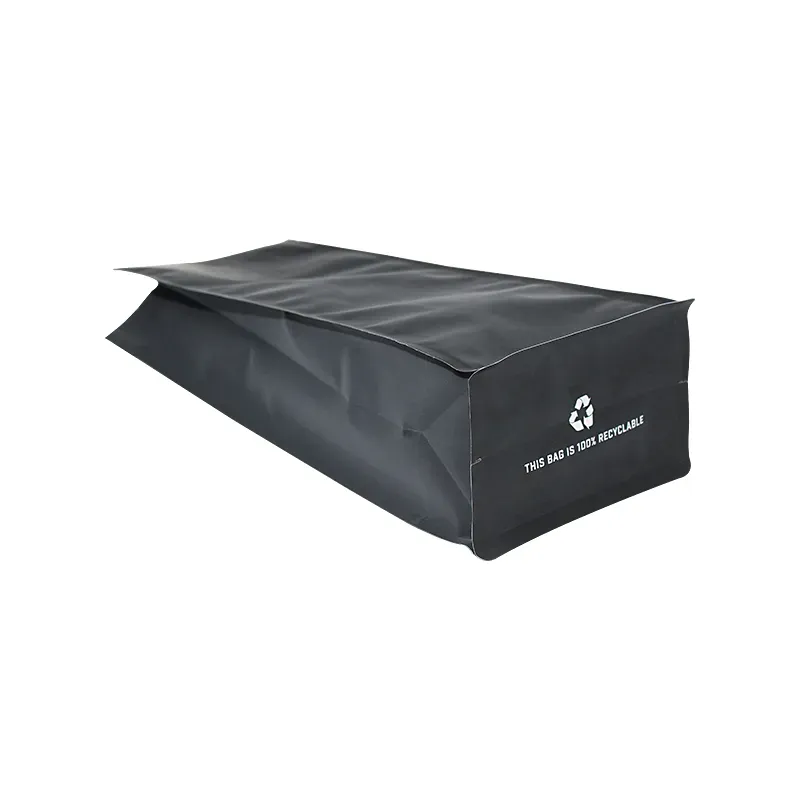Email: enid@bc-pak.com
Tel: 86-757- 88811186
- Afrikaans
- Albanian
- Amharic
- Arabic
- Armenian
- Azerbaijani
- Basque
- Belarusian
- Bengali
- Bosnian
- Bulgarian
- Catalan
- Cebuano
- chinese_simplified
- chinese_traditional
- Corsican
- Croatian
- Czech
- Danish
- Dutch
- English
- Esperanto
- Estonian
- Finnish
- French
- Frisian
- Galician
- Georgian
- German
- Greek
- Gujarati
- haitian_creole
- hausa
- hawaiian
- Hebrew
- Hindi
- Miao
- Hungarian
- Icelandic
- igbo
- Indonesian
- irish
- Italian
- Japanese
- Javanese
- Kannada
- kazakh
- Khmer
- Rwandese
- Korean
- Kurdish
- Kyrgyz
- Lao
- Latin
- Latvian
- Lithuanian
- Luxembourgish
- Macedonian
- Malgashi
- Malay
- Malayalam
- Maltese
- Maori
- Marathi
- Mongolian
- Myanmar
- Nepali
- Norwegian
- Norwegian
- Occitan
- Pashto
- Persian
- Polish
- Portuguese
- Punjabi
- Romanian
- Russian
- Samoan
- scottish-gaelic
- Serbian
- Sesotho
- Shona
- Sindhi
- Sinhala
- Slovak
- Slovenian
- Somali
- Spanish
- Sundanese
- Swahili
- Swedish
- Tagalog
- Tajik
- Tamil
- Tatar
- Telugu
- Thai
- Turkish
- Turkmen
- Ukrainian
- Urdu
- Uighur
- Uzbek
- Vietnamese
- Welsh
- Bantu
- Yiddish
- Yoruba
- Zulu
different types of packaging materials
Views :
Update time : Feb . 12, 2025 09:01
The world of packaging materials is a dynamic landscape, essential in ensuring products not only reach consumers safely but also appeal aesthetically and sustainably. Each type of packaging material has its unique advantages, making it crucial for businesses to choose wisely based on their product and market requirements.
4. Paper and Cardboard Recognized for its biodegradability and recyclability, paper and cardboard are ubiquitous in packaging. They are particularly popular for secondary packaging like boxes and cartons used for e-commerce shipments. The flexibility and printability of paper products allow for creative branding opportunities, which is crucial for market differentiation. Companies like WestRock are at the forefront, offering innovative paper-based packaging solutions that balance function and sustainability. 5. Biodegradable and Compostable Packaging With the rise of eco-conscious consumers, biodegradable and compostable packaging materials are emerging as critical alternatives to traditional packaging. Often made from natural substances like corn starch or sugarcane, these materials decompose naturally, reducing landfill contributions. Startups and established companies alike, such as NatureWorks and TIPA, are exploring new ways to enhance the functional aspects of biodegradable packaging without compromising on environmental benefits. 6. Flexible Packaging Combining the best attributes of rigidity and flexibility, flexible packaging solutions like pouches and sachets have gained popularity. They accommodate various product types from liquids to solids and are known for their efficient use of materials, which significantly reduces transport costs and environmental impact. Companies such as Mondi offer high-barrier flexible packaging that protects contents while maintaining a smaller ecological footprint compared to rigid packaging alternatives. Choosing the right packaging material involves considering several factors product compatibility, cost, sustainability, and consumer preference. Packaging innovations continue to evolve rapidly; thus, staying updated on the latest advancements ensures products remain competitive and environmentally friendly. Collaboration with industry leaders and ongoing research into new materials and technologies will pave the way for better, more sustainable packaging solutions in the future.


4. Paper and Cardboard Recognized for its biodegradability and recyclability, paper and cardboard are ubiquitous in packaging. They are particularly popular for secondary packaging like boxes and cartons used for e-commerce shipments. The flexibility and printability of paper products allow for creative branding opportunities, which is crucial for market differentiation. Companies like WestRock are at the forefront, offering innovative paper-based packaging solutions that balance function and sustainability. 5. Biodegradable and Compostable Packaging With the rise of eco-conscious consumers, biodegradable and compostable packaging materials are emerging as critical alternatives to traditional packaging. Often made from natural substances like corn starch or sugarcane, these materials decompose naturally, reducing landfill contributions. Startups and established companies alike, such as NatureWorks and TIPA, are exploring new ways to enhance the functional aspects of biodegradable packaging without compromising on environmental benefits. 6. Flexible Packaging Combining the best attributes of rigidity and flexibility, flexible packaging solutions like pouches and sachets have gained popularity. They accommodate various product types from liquids to solids and are known for their efficient use of materials, which significantly reduces transport costs and environmental impact. Companies such as Mondi offer high-barrier flexible packaging that protects contents while maintaining a smaller ecological footprint compared to rigid packaging alternatives. Choosing the right packaging material involves considering several factors product compatibility, cost, sustainability, and consumer preference. Packaging innovations continue to evolve rapidly; thus, staying updated on the latest advancements ensures products remain competitive and environmentally friendly. Collaboration with industry leaders and ongoing research into new materials and technologies will pave the way for better, more sustainable packaging solutions in the future.
Recommend products
Read More >>
Related News
Read More >>













